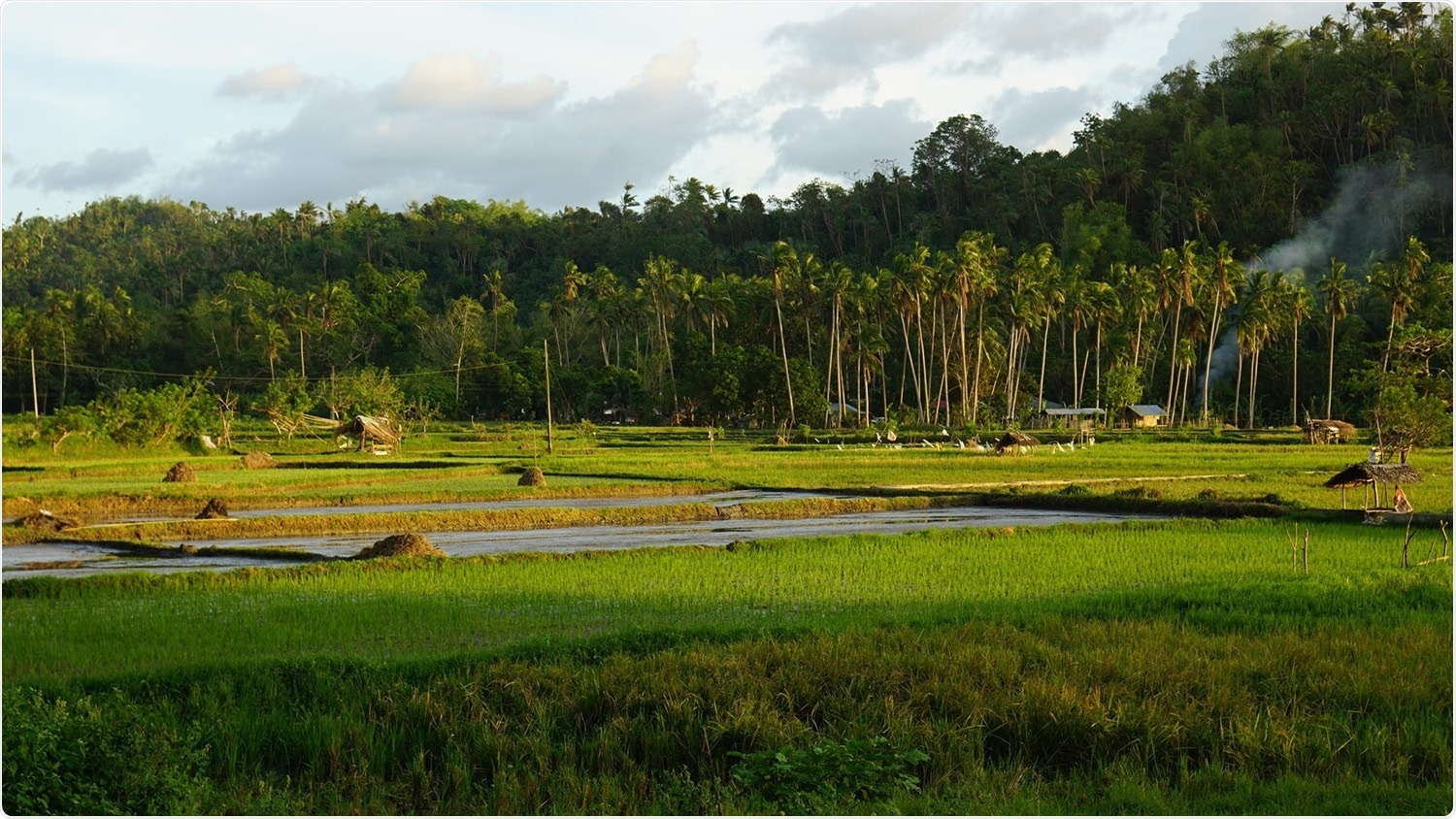Rice crop yields are being hampered by increasing nighttime temperatures, and a new study sheds light on why. Warmer nights change the rice plant’s biological rhythm, with hundreds of genes expressed earlier than usual and hundreds of genes expressed later than usual, according to the study.

Image Credit: Beth Macdonald.
Essentially, we found that warmer nights throw the rice plant’s internal clock out of whack. Most people think plants aren’t dynamic, but they are. Plants are constantly regulating their biological processes—gearing up for photosynthesis just before dawn, winding that down in the late afternoon, determining precisely how and where to burn their energy resources. Plants are busy, it's just difficult to observe all that activity from the outside.”
Colleen Doherty, Study Corresponding Author and Associate Professor, Biochemistry, North Carolina State University
Researchers have discovered that as the nights are hotter than the days, the clock responsible for controlling all of that activity gets affected.
We already knew that climate change is leading to increased temperatures globally, and that nighttime temperatures are rising faster than daytime temperatures. We also knew that warmer nights hurt rice production. But until now, we had very little insight into why warmer nights are bad for rice. We still don't know all the details, but we're narrowing down where to look.”
Colleen Doherty, Study Corresponding Author and Associate Professor, Biochemistry, North Carolina State University
Rice yield loss research is vital because rice is an important crop for feeding hundreds of millions of people each year, and a changing climate poses a threat to world food security.
Doherty studied the problem in the field with an international team of researchers, including Krishna Jagadish of Kansas State University and Lovely Lawas of the International Rice Research Institute, to better understand how warm nights influence rice. In the Philippines, the researchers built two study sites.
Ceramic heaters or heat tents were used to control temperatures in different parts of each trial location.
The ceramic heaters were utilized by a research team headed by Jagadish to keep experimental plots at 2 °C above ambient temperature for 24 hours, and samples from the rice plants were taken every three hours. The control plots were not heated, but samples were taken every three hours during the same 24-hour period.
These tests were carried out four times in all. The results of the ceramic heater experiments were later validated using the heat tents.
At the same time, a team headed by Doherty discovered that when nighttime temperatures were higher, over a thousand genes were activated at the “wrong” time. Hotter nights, in particular, caused hundreds of genes, including several involved in photosynthesis, to become active later in the day.
Hundreds of other genes started getting active considerably earlier than usual in the evening, upsetting the highly controlled timing required for optimal production.
It’s not clear what all of these genes do, but it is clear that these conflicting schedule shifts are not good for the plant.”
Colleen Doherty, Study Corresponding Author and Associate Professor, Biochemistry, North Carolina State University
Many of the damaged genes are regulated by 24 other genes known as transcription factors, according to the researchers. Four of the 24 transcription factors were chosen as the most promising for further research.
“We need to do additional work to figure out exactly what’s happening here so that we can begin breeding rice that’s resilient against warmer nights. Rice is an important food crop. And other staple crops are also affected by hotter nights—including wheat. This isn’t just an interesting scientific question, it’s a global food security issue,” concluded Doherty.
Source:
Journal reference:
Desai, J. S., et al. (2021) Warm nights disrupt transcriptome rhythms in field-grown rice panicles. Proceedings of the National Academy of Sciences. doi.org/10.1073/pnas.2025899118.